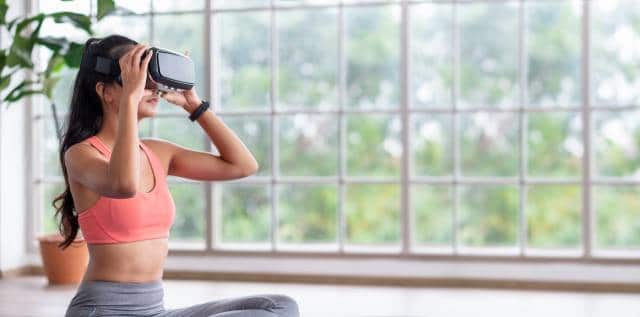
The Best Ways XR Is Used For Wellbeing (2022)
- June 6, 2022
- 6:10 pm
Table of Contents
The Uses & Benefits of XR for Wellbeing
The Quickest Way To Understand XR for Wellbeing

What better time than this month’s Creativity and Wellbeing week to take a closer look at how XR technology can help improve patient and personal wellbeing by using XR for wellbeing?
The global wellness market is currently worth US $1.5 trillion and NHS England’s Five Year Forward View for Mental Health has prioritised utilising technology and expanding access to digital services.
The NHS Long Term Plan (2019) supports the prevention and treatment of ill health by caring and empowering people to engage in activities that can support ongoing emotional and physical wellbeing.
Significant investments have been made to improve wellbeing through community engagement and the increasingly prominent creative arts on prescription.
Immersive mental wellbeing technologies such as the Headspace and Couch to 5K apps have demonstrated considerable success in reducing anxiety and increasing exercise, potentially preventing the onset of physical and mental health conditions.
The combination of creative experiences with mental health interventions increases adherence – improving upon how patients have benefited from the Cedar workbook and Silver Cloud in the past.
Patients are offered new tools to self manage conditions and learn new skills and techniques to self-regulate emotions.
XR techniques from the entertainment industry have helped in bringing movies, books and stories which have helped millions to expand their understanding of the world, and evoke empathy and compassion towards others; adding the immersive element may connect individuals together and the shared experience will only amplify the empathy and insight gained through using XR in a pair or group setting.
Post-pandemic, healthcare staff and carer wellbeing is another governmental priority, in addition to improving population health. Across the country, immersive technologies offer wellbeing opportunities to address staff burnout across the country.
NHS trusts such as Alder Hey Children’s Hospital, Liverpool, and the Royal Glamorgan and Prince Charles Hospital, Merthyr Tydfil,Wales have set up staff wellbeing centres within the hospitals and community centres such as the Central and North West London NHS Trust which has taken part in the Grenfell FRED project that increased engagement between the general public and health care centre services. Centres have prescribed VR headsets to staff and patients for home use.
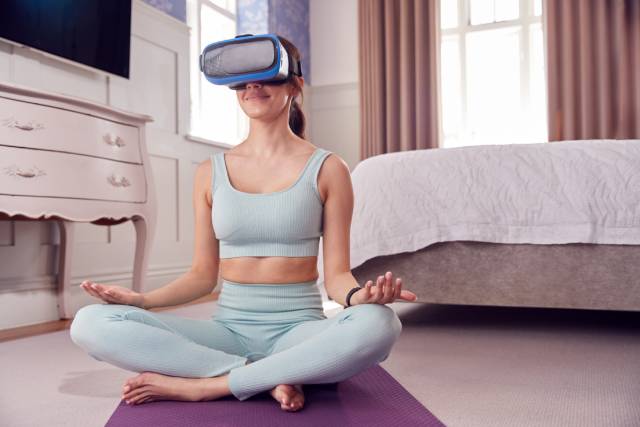
Mindfulness and Relaxation
Technologies such as DEEP have used VR to demonstrate the enhanced therapeutic potential of mindfulness and meditation.
Through creating relaxing environments that people can escape to such as beaches and forests, users are guided through exercises which further aid relaxation and reduce anxiety.
These are increasingly popular applications for home users, moreso as an increasing proportion of the workforce are working from home.
They can also be used in external workplaces, care homes and healthcare settings.
UK trials have shown that VR simulations help anxious patients in waiting rooms prior to healthcare consults, endoscopy, surgery or other stressful situations.
Having insight into what lies ahead drastically improves patient experience, and offers immediate support in helping patients self-soothe during challenging times.
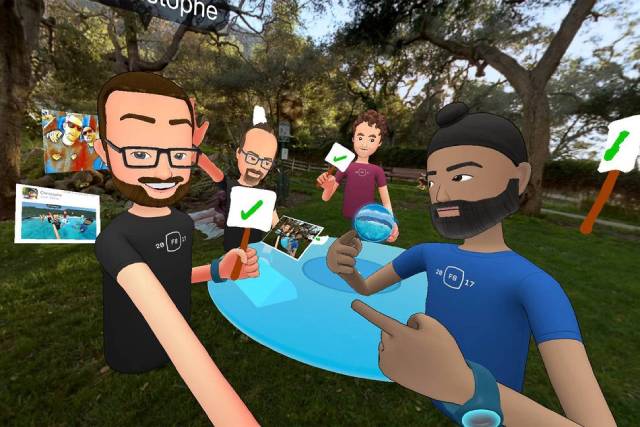
Social Prescribing, Art, Play and Game Therapy
Hatsumi have developed a VR adaptation of arts and health research methods, Body Mapping, that enables people to visually communicate the embodied experience of pain and emotion using 3D drawing and sound.
Their teams create virtual public exhibitions of anonymous artworks to raise awareness of invisible disability and the connection between emotional and physical pain.
Train play therapists have also become increasingly interested in using virtual reality with their clients – Virtual Sandtray is one of the more successful apps in this arena.
Other clients enjoy immersive karaoke apps such as ‘Lost in Song’ which works to give confidence in singing via clients feeling empowered to sing out loud and reduce stress levels as a result.
Group karaoke options lead to reduced loneliness and increased well being when socially distanced choral singing is pursued via technology.
Similarly VR-led sports such as e-sports, chess and tennis can also be used to increase socialisation and team bonding – our HAUD founders Sajini and Charles played online chess when socially distanced over lockdowns!
Non-competitive socially distanced folk have also benefited from social prescribing (the pandemic has led people to be more socially isolated and hence prone to loneliness/mental illness); the effects of the HOPE programme in Torbay have resulted in increased confidence amongst previously housebound and formerly agoraphobic patients.
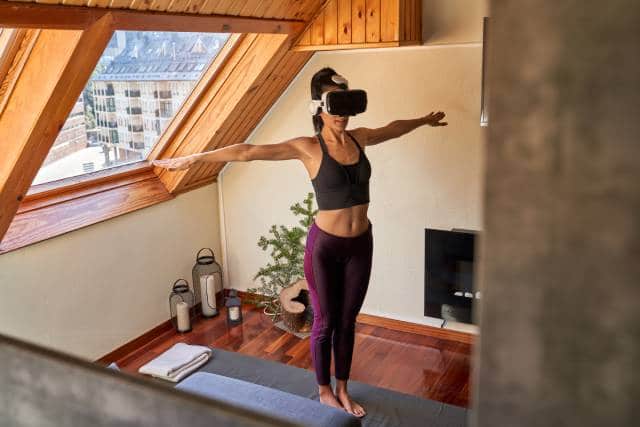
Fitness Therapy for Wellbeing
Following an active and healthy lifestyle can increase wellbeing outcomes.
Movement-based exercise games, such as those on Wii_Fit have been shown to improve adherence to exercise (Damiani, J. 2020).
SuperNatural VR is an XR experience which combines popular music, inspiring landscapes, and motivating fitness coaches to provide an enjoyable way to experience a high energy workout at home.
Research suggests that the combination of VR and exercise may improve some of the beneficial psychological effects of exercise compared with virtual reality or exercise alone – increased energy, a sense of belonging and reduced tiredness have been among the effects noted by study participants who would have otherwise felt isolated.
Exercising at home/on the go is a priority in the post-pandemic age – more so for those who are immunosuppressed/too disabled to use public fitness settings such as gyms by themselves (eg. care home residents).
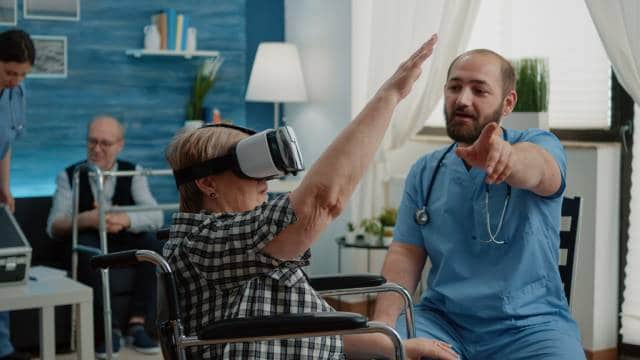
The Role of XR for Wellbeing In Care Homes
Care home residents have also benefited from dementia-friendly VR experiences which reduce loneliness and provide intellectual stimulation.
Reminiscence therapy is immersive and can have positive outcomes for seniors with both relaxing and entertaining environments.
Palliative care patients have also enjoyed VR, moreso for pain management and self-soothing purposes.
The Forest of Serenity programme, voiced by Sir David Attenborough has been crucial in making patients too unwell to leave their room feel less alone.
VR experiences can also reduce patients’ fear of death, making the palliative experience more comfortable as a result.
Using XR-led interventions in combination will lead to patients’ benefiting from applications that can be easily accessed within the home and feeling empowered to self-soothe.
GP’s and hospitals will experience the effect of fewer referrals to an already stretched NHS mental health service as a result of increased patient and public wellbeing.
We look forward to using the potential of XR technology as part of a broader holistic approach to improving health and wellbeing.
Significant roles can be played by XR in preventative care – immersive environments can teach self compassion and valuable skills in emotional regulation alongside fitness and exercise based activities that can delay or prevent the onset of multiple physical and mental health conditions.

About Us
I hope you enjoyed this post about the use of XR to improve wellbeing.
HAUD’s command of XR technology can be hailed as a critical solution in improving access to psychological services.
Our extensive gaming experience can add XR technology to further improve existing outcomes from the 3D drawing, sculpting and building experiences currently required for art and play therapy technologies.
We visualise being at the centre of using XR to support increased mental health and wellbeing demands.
We aspire to draw from our extensive experience in the gaming and entertainment industries.
Our developers are adept at storytelling, using gamification and creative technology as powerful interventional tools for eliciting cost-efficient and beneficial patient, carer and clinician outcomes.
Feel free to take a look around and reach out to us if you want to learn more about how we create custom XR software for you.